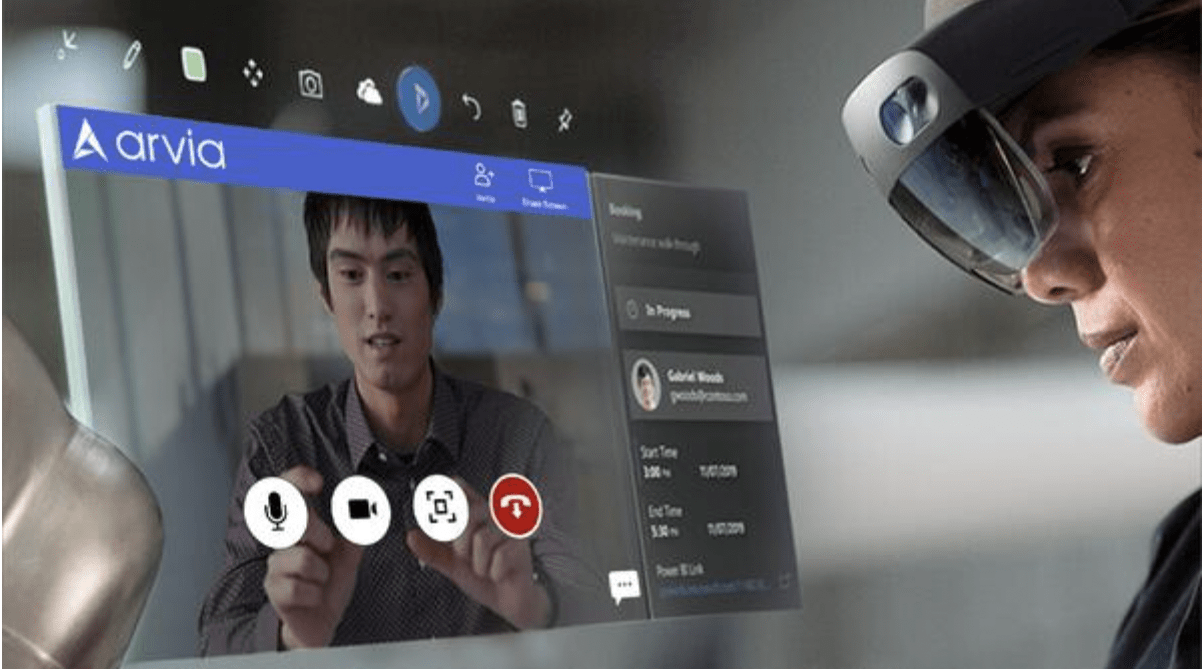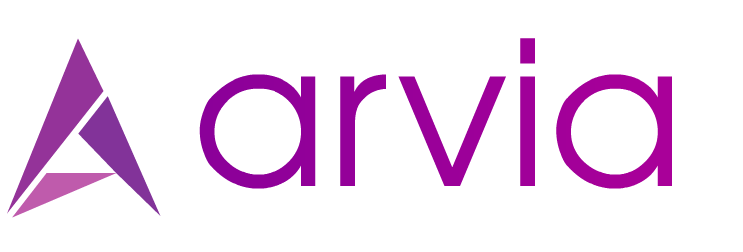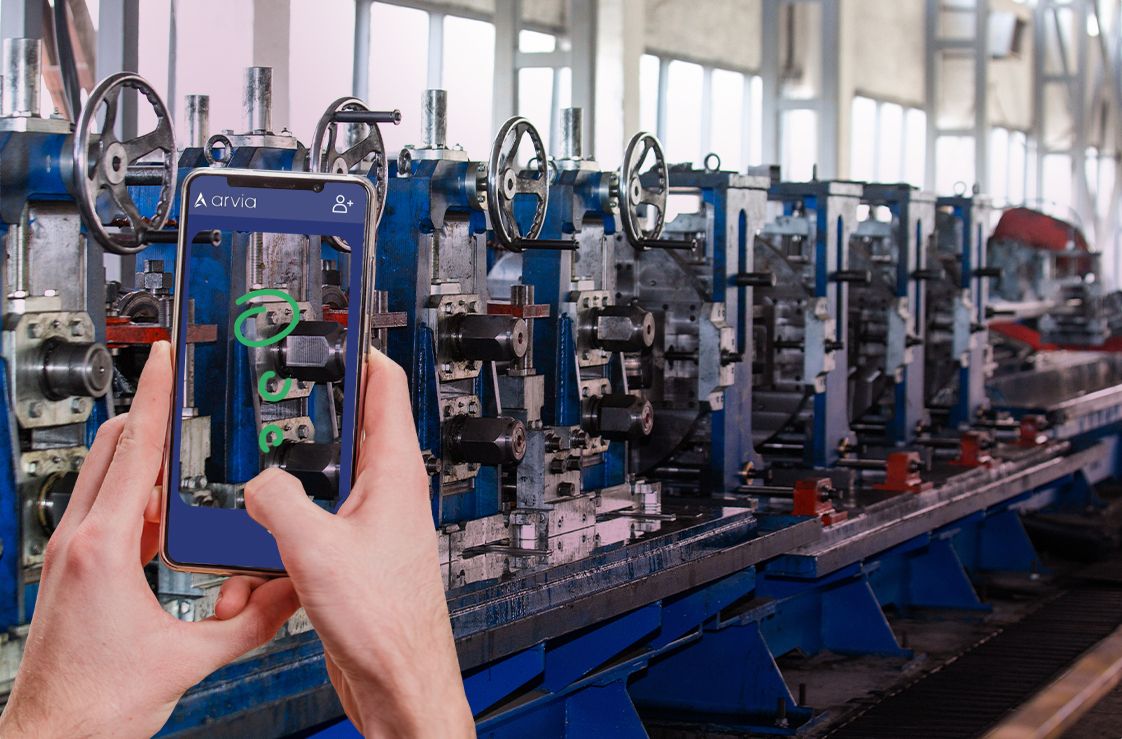How Field Services Integrate Video Calling
The pandemic challenges field service management just as other sectors. Companies aim to ensure their business continuity and keep their employees and clients safe as a priority during the pandemic process. To stabilize their business continuity, as usual, field service organizations accept a new procedure: video calling.
How Field Services Integrate Video Calling to the Sector
The outbreak of coronavirus continues to bring new challenges to our lives as long as it doesn’t pass away. It challenges field service management just as other sectors and daily lives are affected. Companies aim to ensure their business continuity and keep their employees and clients safe as a first priority during the pandemic process. Since nearly most of the people are staying at home with or without their will, they need more help and support than usual on setting problems.
According to a survey by Gartner, 88% of companies are not ready for the effects of COVID-19 on field service management. Only 2% of more than 1,500 businesses believe that their companies are not affected by the pandemic and continue as normal. It is seen that most of the companies are not prepared for the compeller challenges that the pandemic brings. In order to stabilize their business continuity, as usual, field service organizations accept a new procedure: video calling.
What is Field Services?
The pandemic challenges field service management just as other sectors. Companies aim to ensure their business continuity and keep their employees and clients safe as a first priority during the pandemic process. In order to stabilize their business continuity, as usual, field service organizations accept a new procedure: video calling.
How Field Services Integrate Video Calling to the Sector
Field services apply to the work completed at the consumer location where the products are built. Field services provide the installation, maintenance, and fix hardware or products installed in the fields such as construction, landscaping, plumbing, home remodelling, and solar panel installation. Potential problems that can be derived from field service may quickly affect our daily lives than expected. The importance of the field service management can be understood by their fields.
The Transformation of Field Services
With the pandemic, field services support goes into a change. Video conferences can be beneficial for handling problems in field service. The simplicity and the features of video conferencing bring lots of benefits to customers and employees in the pandemic process.
Field services managers must ensure the safety of the resources such as drivers, network engineers and technicians, effective use of the sources, and best customer service. Managers have started to look for a new way to support field service management before the pandemic. Although the pandemic has increased the need for remote field service, it was always a necessity.

Video conferencing is a communication way using a digital device that enables two or more individuals to communicate and engage with each other physically. High video call quality provides all the advantages that can be gained from a face-to-face conversation. With an excellent remote field service support; quality of the working environment, productivity, and efficiency of organization increase. It also provides significant gains in terms of resources, time, and costs.
Remote field service support does not have advantages just for customers. Onboarding remote customer support can be more productive. New employees can get help from their colleagues or their mentors easily online with AR technology. New employees can attend their colleagues’ visits or online meeting from their home.
In this way, they learn technical skills, practice how to communicate with customers, and enhance their knowledge about products. Since the meeting is a video conference, there is no risk for employees, but still, new employees have a chance to improve their skills and be trained.
Operational Modes for Field Services
Three operational modes for field service are used to ensure business continuity during the pandemic outbreak.

1. Remote Support
Remote support is the most straightforward support system that can solve customers’ problems quickly. It can be explained in 3 steps.
- Schedule a meeting: The customer applies to request a meeting with an expert to get their problem solved. The technician sends a link to the customer from any video conferencing platform to meet in a live session from their smartphone, tablet, or computer.
- Specify problem: The customer needs to explain the problem clearly to make the technician understand the problem. The area of the problem should be shown in the live meeting with the camera. Stating the problem as visual is substantial for solving it.
- Provide a solution: The technician takes a closer look at the problem to find underlying causes. Then, the technician needs to have a screen drawing features that inform the customer about what the customer needs to do. Screen drawing enables to create digital content of the machine onto the camera like it is a part of the real-world environment. Finally, the technician states that the problem has been solved. It is a significant and critical move because this assures the customer, as the technician may be sure that the same problem does not come up for another video call.
2. Onsite Support
Some of the problems cannot be solved online with remote support. In certain situations, onsite support is a necessity. That is why many businesses are integrating social distances into their systems, keeping a reasonable distance between the technician and the client during the meeting.
Remote support guarantees that onsite support is required, so the technician visits the customer with knowing what the problem is and what the equipment is needed. In every 4 cases, one of them requires a second visit. In the coronavirus crisis circumstances, face-to-face meeting dangers the customers and technician’s health. Onsite support provides technicians to get help from other experts when there is a need for backup information and assistance. Experts can give a guide to their device’s camera. With that way, onsite support eliminates the risk of infected by COVID-19 by decreasing the number of potential face-to-face visits.
3. Hybrid Model
When the customer needs a specific part, the technician can deliver it to the front door of the client. Then, the technician can continue to video conferencing with the customer and guide the customer for the installation step.
This model provides to delivers the equipment in a safe way for the technician and the customer. Because they are already there on the road, they can help the customer if there is any problem. It also prevents repeat delivery.
The transformation of field service is an outcome of the challenges that COVID-19 brings our lives. Companies’ priorities changes as ensuring their business continuity and keeping their employees and customers healthy. In order to that, operational modes for field service are developed. Using these modes, companies aim to get through this pandemic with the least damage on the economic side and the healthiness side.
Did you check our video conferencing solution? Arvia provides your services to the video environment, allowing you to serve your customers closer and faster. It also strengthens your corporate structure with the right SDKs.
You can start using Arvia that on-premises and cloud solution for institutions of all types. Learn how it can help you better connect with your customers.
Overall, the business impact of adding video to your service is huge and it often delivers a high and fast ROI. So don’t let your competitors be first. Let Arvia help you video enable your service to get these rewards.








